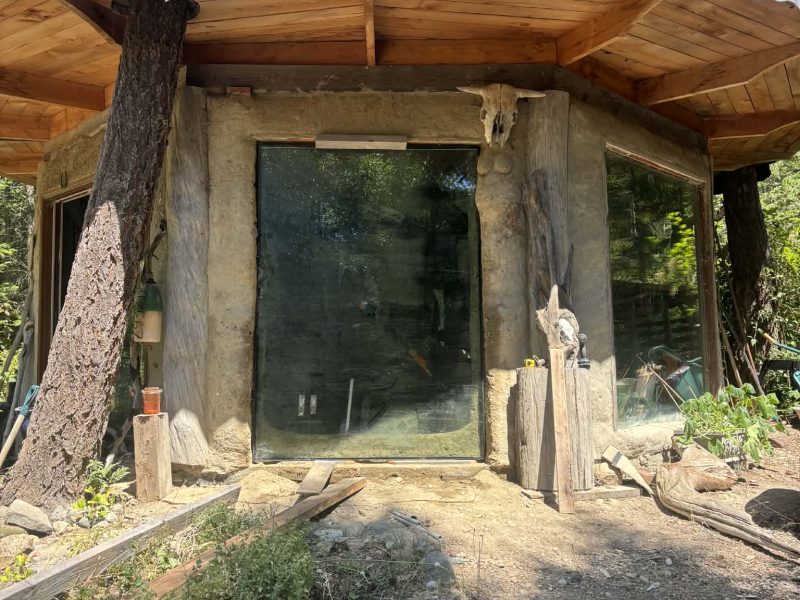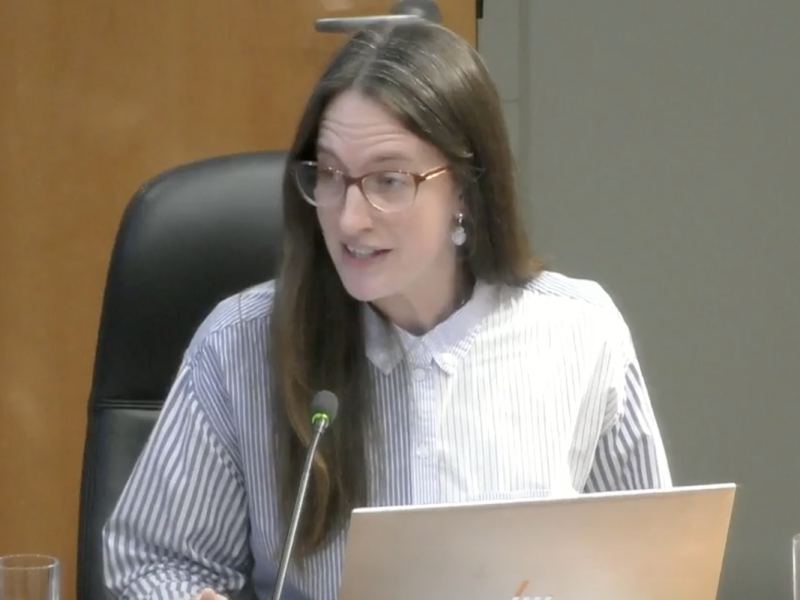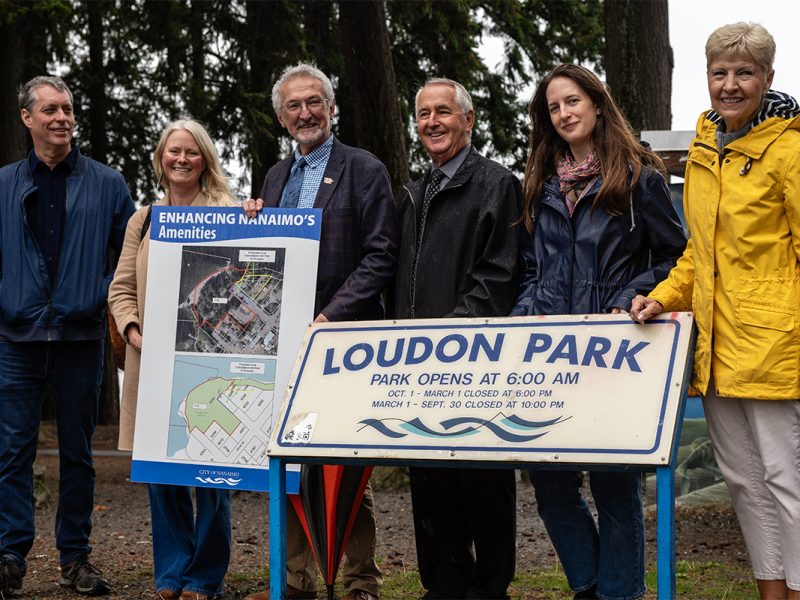
Sign up to receive local news highlights straight to your inbox with our weekly newsletter, Nanaimo This Week.
On June 25, I along with more than a dozen Discourse Nanaimo readers had the chance to partake in an amazing opportunity to learn more about the history of Stiil’nep, which for thousands of years was one of the main villages of the Snuneymuxw, located on the shores of so-called Departure Bay.
It’s an area that many people in what is now called Nanaimo likely pass without much thought beyond the beach and ferry terminal. But for the Snuneymuxw, it carries stories of deep significance to this day.
Knowledge Keeper for the Snuneymuxw First Nations, Dave Spirit Wolf Bodaly, lead the tour. He told us his ancestors trace back to the people who created the nearby ancient petroglyphs and that he is the formal ambassador for Saysutshun Island (formally known as Newcastle Island). You could tell just from meeting him he is very passionate and excited to share the history and knowledge of the area.
Decolonizing Departure Bay
After singing a welcome song, he told us that up to five generations lived in each of the very large longhouses arranged in three rows surrounding what is now Kin Hut Park and how the Snuneymuxw people used to fish the abundance of herring that swam in the bay during the early spring, around February and March. As well, they told stories of animals like frogs, ravens and the transforming orca that live in the area.
The name Stiil’nep translates to “water runs deep,” referring to the deep waters in the bay.
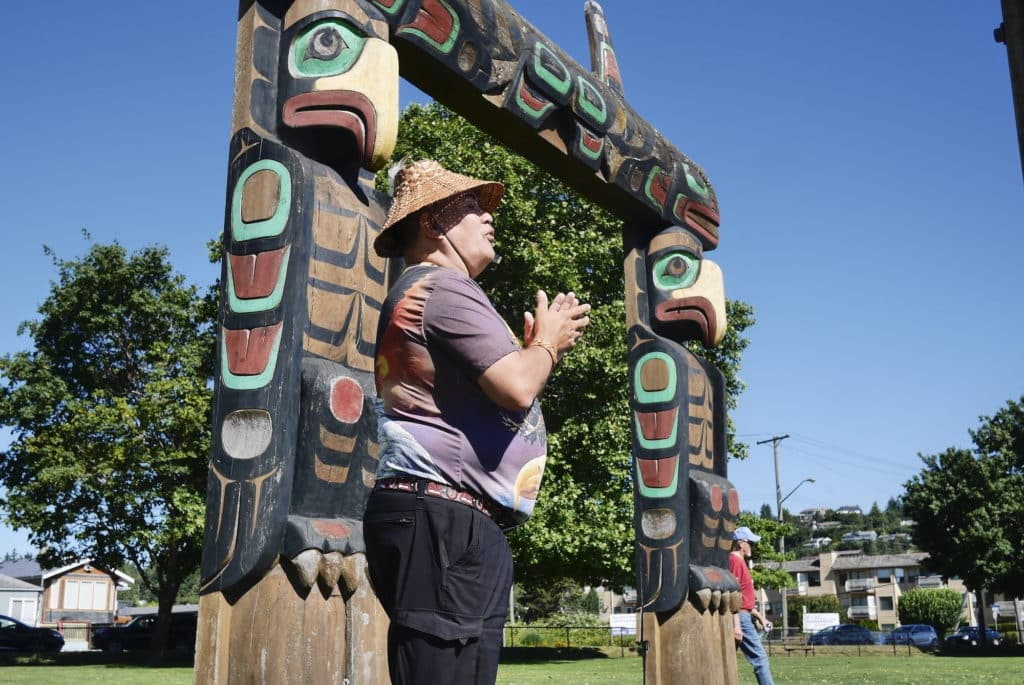
He took time to explain the meaning and stories that are displayed through the carvings of eagles, wolves and other animals in the Welcome Portal that welcomes travelling spirits to the land, and the Welcome Posts that face out to sea to welcome others to the Snuneymuxw area.
During the introduction, when he explained how living beings are considered to be messengers or “transformers” in Snuneymuxw culture, a white butterfly flew around him and through the Welcome Portal. The audience was amazed to truly see the historical stories appear right in front of them.
He kindly asked us during the tour to not reshare any of the stories he told out of respect for them and to ensure they are not told wrong or transformed into something they are not.
He also taught us how to say huych’ka, which means thank you in the hul’qumi’num language, and how to express this sentiment by raising our hands in front of our chest and lifting them twice in the air.
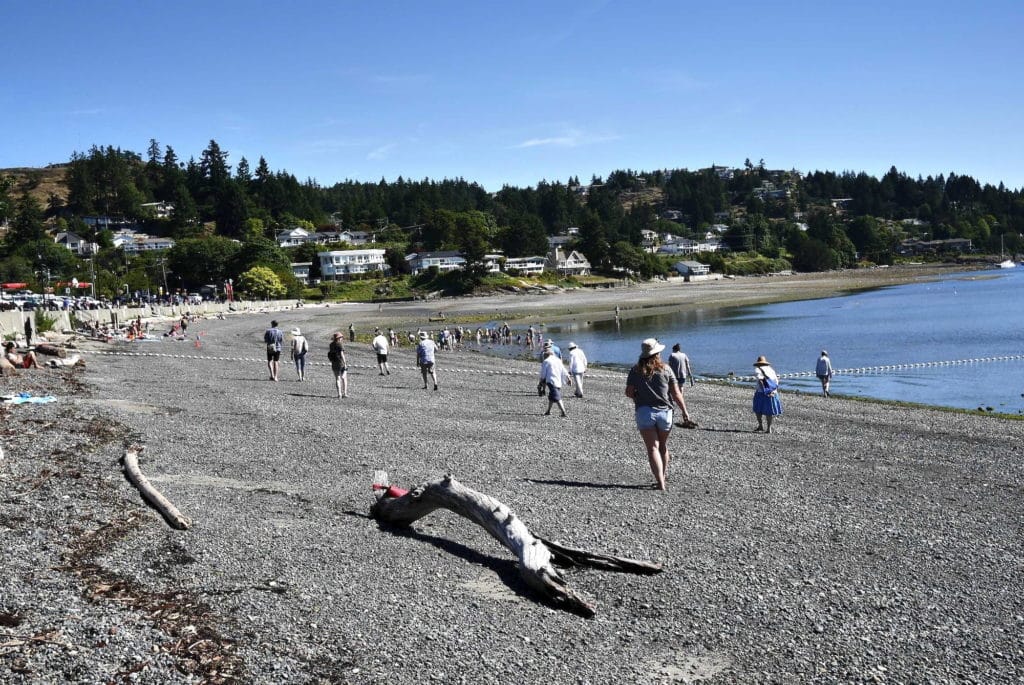
After the tour, Bodaly told me he has a background in sales and marketing and always liked meeting and talking with new people. Being out in the public all the time for work, he thought he would do something for his Snuneymuxw community. He felt Snuneymuxw culture was missing in the wider community, and he thought doing these tours would be a great way to fix that.
Today, Bodaly leads land-based tours in several places such as Stiil’nep, Gabriola Island, and Saysutshun —locations of many important Snuneymuxw villages—for locals, schools and visitors to the Snuneymuxw area. Bodaly loves to see children get excited and curious about the stories they learn on the tour.
“I love meeting people that are interested in our culture, interested in history, and interested in art. People that come here [on the tours] … to see how the art is drawn and everything, and that’s always neat too,” says Bodaly. He also has a workshop where he teaches students how to reconnect to their culture through cedar weaving, beadwork and other ancient practices.

From the very beginning, Bodaly was open to hearing any questions the tour-goers had–stopping throughout the tour to ask if there was anything that came to mind that we wanted to know or comments we wanted to share.
He spoke on how when we remove ourselves from our comfortable positions and ask those important questions about Indigenous culture, reconciliation can then happen. That moment really stuck out to me. It brought to light why people should do tours like these; this was a chance to learn and grow, to help bring ourselves closer to reconciliation.
This type of learning takes us one step further than the typical “territorial acknowledgments” we hear at most small or large events in the province. Instead of just acknowledging the land we live on, we can learn the history of it and the purpose and significance it still has to Indigenous communities.
He also said one of his main reasons for doing these tours is to keep the history of the area alive.
“The Elders said to me, ‘I know your spirit, and I know you won’t let our stories die,’ and I thought that’s true, it’s that danger of losing the stories forever. So as a responsibility—as well as an honour within our community—is for me to share [these stories] with non-First Nations [people].”
As more light gets shed on the harsh reality of Canada’s treatment of Indigenous peoples we must take a moment to stop, learn and listen about the past to help better the future. As Bodaly says, without asking those important questions and truly listening to the answers, we cannot truly find reconciliation.
To find out more about a tour you can visit saysutshun.ca, send an email to Dave or call him at 778-269-2018. [end]
This gathering and reporting was made possible by the generous readers who support our work.

